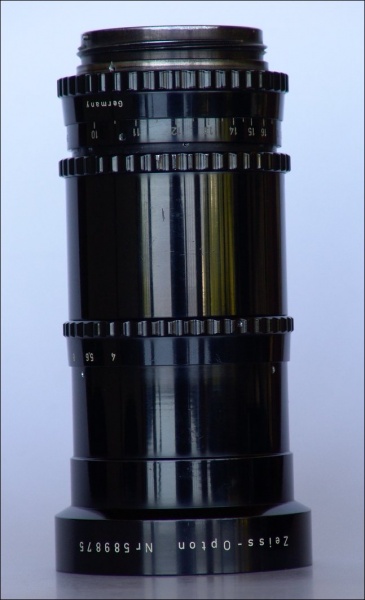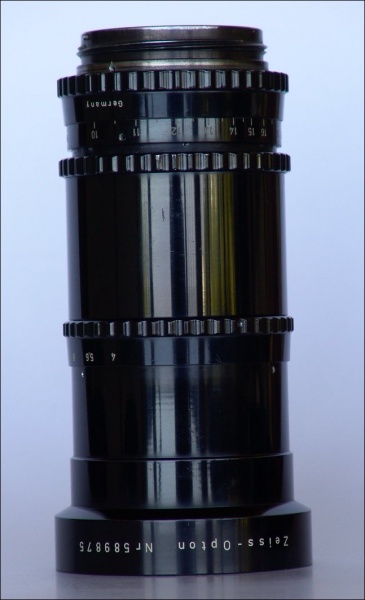I am new to MF systems, so I don't understand the labels and names.
I bought a system with only a 150mm Tessar. Silver. So I am looking ebay and CL for two good lenses used. A 50mm, and an 80mm. But I find advertisements for MF lenses made by Zeiss and by Hasselblad.
a) are these manufactured by the same company?
b) if there is a difference, which will likely be better and thus more expensive?
c) are the older Zeiss lenses called "C", and the newer ones "CF" or "CFI"?
d) old Zeiss lenses are silver, newer ones black?
e) black lenses are better to handle and usually take a smaller diameter
filter? Yes/no
Thanks for your help educating me.
Gary Curtis
California
I bought a system with only a 150mm Tessar. Silver. So I am looking ebay and CL for two good lenses used. A 50mm, and an 80mm. But I find advertisements for MF lenses made by Zeiss and by Hasselblad.
a) are these manufactured by the same company?
b) if there is a difference, which will likely be better and thus more expensive?
c) are the older Zeiss lenses called "C", and the newer ones "CF" or "CFI"?
d) old Zeiss lenses are silver, newer ones black?
e) black lenses are better to handle and usually take a smaller diameter
filter? Yes/no
Thanks for your help educating me.
Gary Curtis
California

